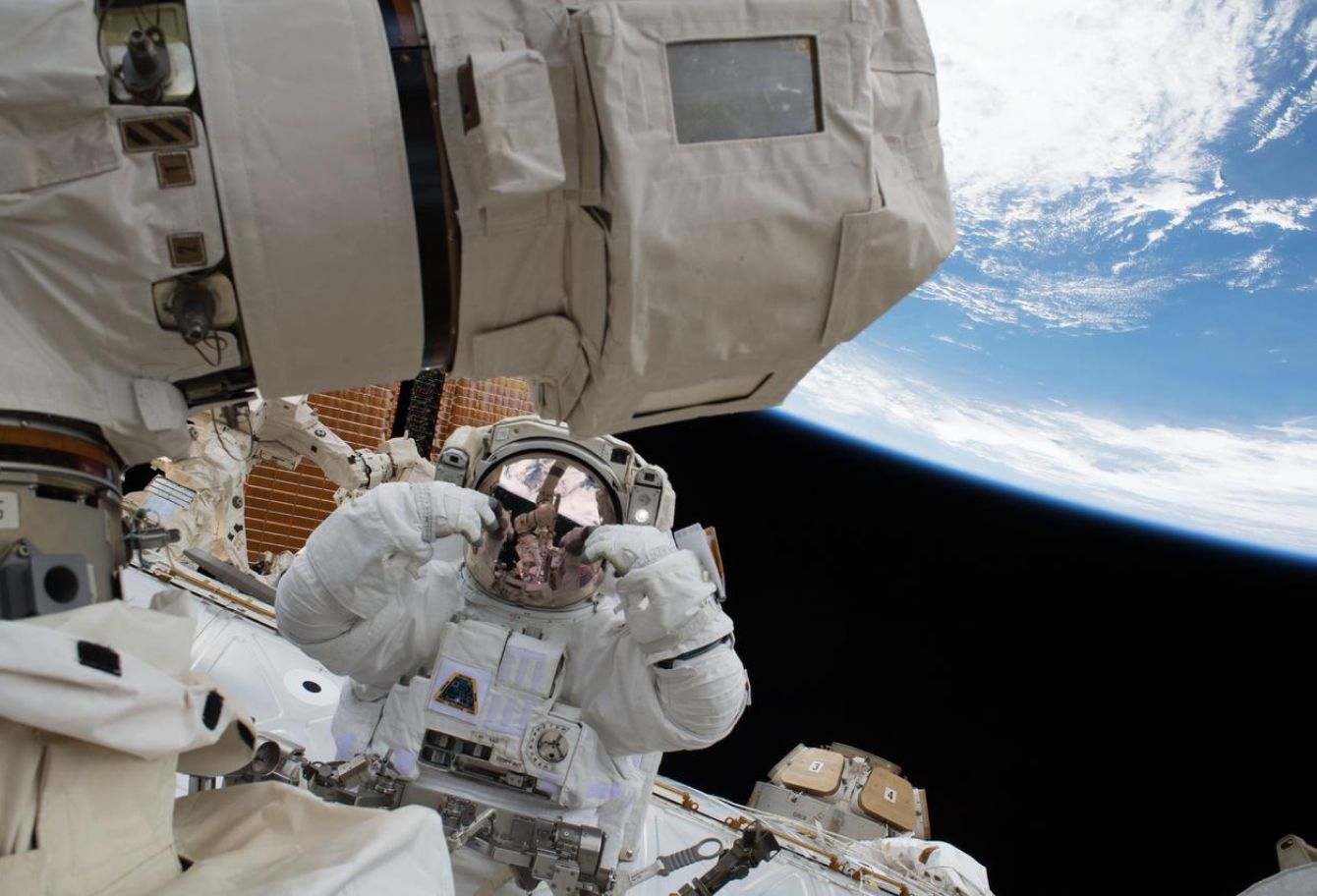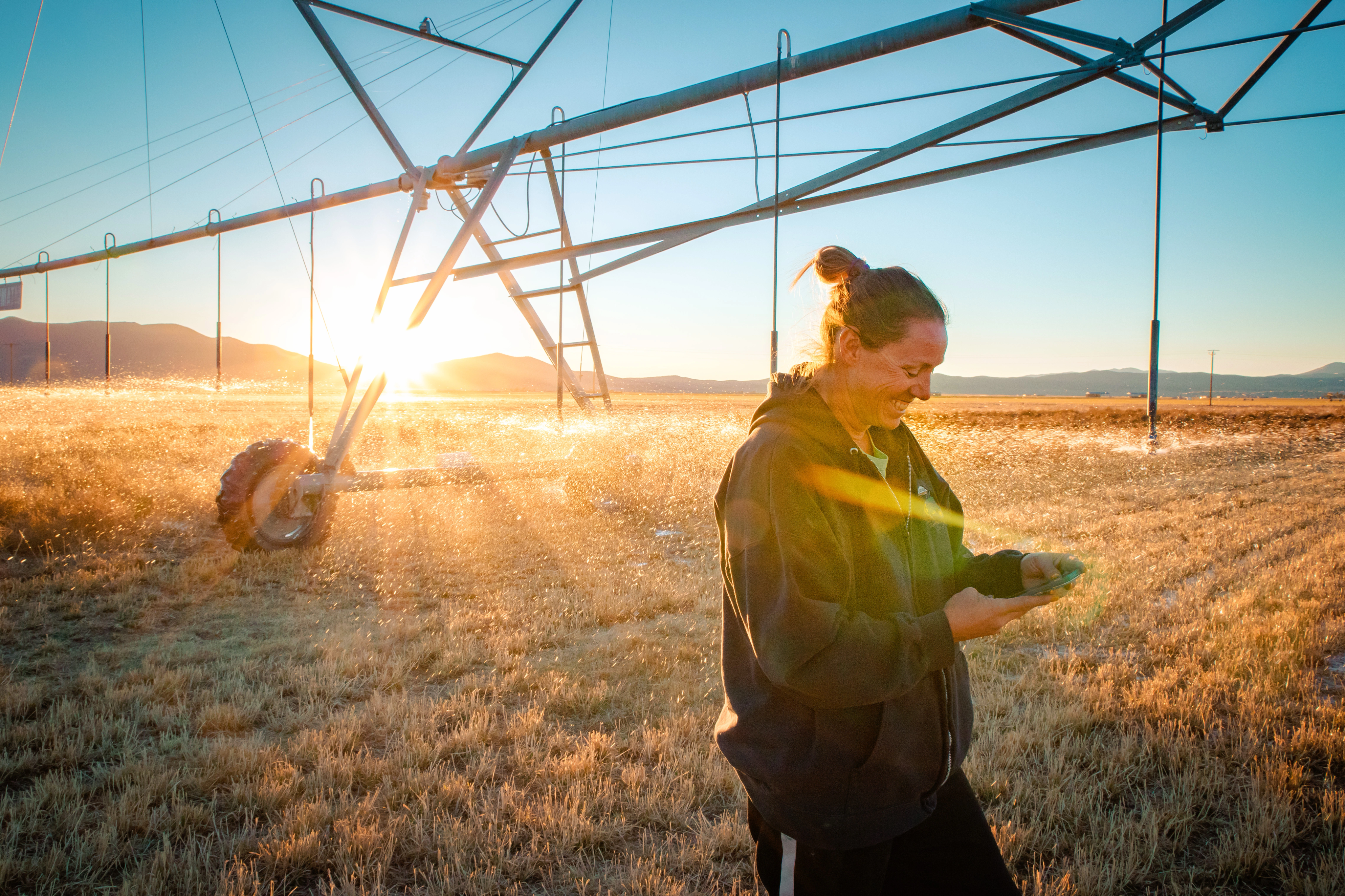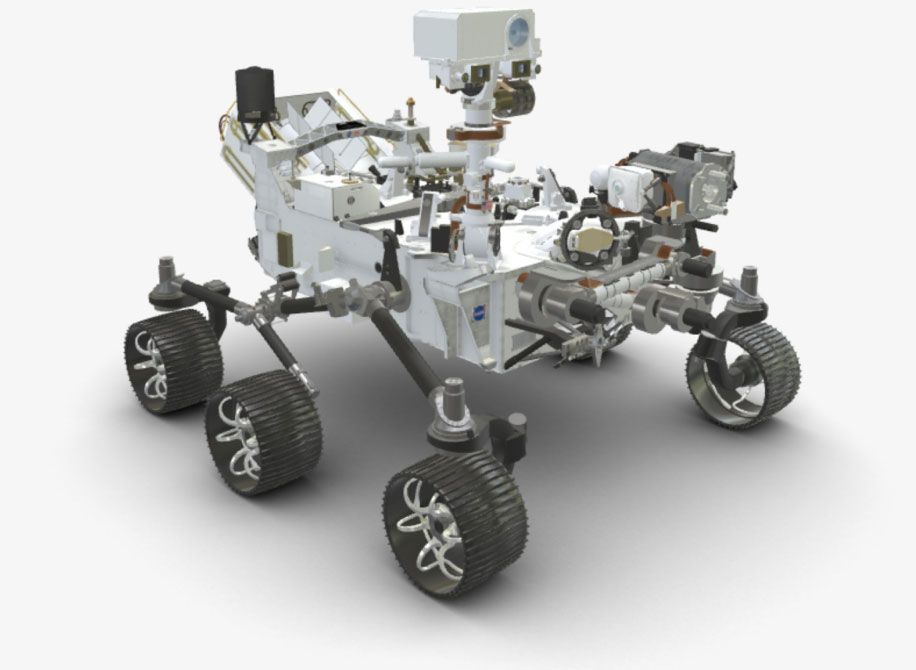Funding Opportunities and Announcements
Funding Opportunities
ROSES-2023
- The 2023 version of Research Opportunities in Space and Earth Science (ROSES-2023) was posted at https://solicitation.nasaprs.com/ROSES2023 on February 14, 2023.
- Table 2 with all program elements organized by due date was posted at https://solicitation.nasaprs.com/ROSES2023table2
- Table 3 with all program elements organized by subject matter was posted at https://solicitation.nasaprs.com/ROSES2023table3
- The FAQ on what's new in ROSES-2023 was posted at https://science.nasa.gov/researchers/sara/faqs/#1
- We have a few ways for proposers to keep up to date with changes to ROSES after release. You are encouraged to:
- Subscribe to the SMD NSPIRES mailing lists (by logging in at https://nspires.nasaprs.com and checking the appropriate boxes under Account Management and Email Subscriptions),
- Bookmark the ROSES-2023 blog for clarifications, corrections and amendments at https://science.nasa.gov/researchers/sara/grant-solicitations/roses-2023/ and
- Subscribe to the relevant ROSES-2023 due date Google calendars. Instructions will be posted at https://science.nasa.gov/researchers/sara/library-and-useful-links on or about February 14, 2023.
Solar Terrestrial Probes Program DYNAMIC AO Released
Pre-Proposal Conference Date: June 6, 2023 (target)
Mandatory NOI Due: June 30, 2023
Proposals Due: August 22, 2023
Short, Direct URL: https://go.nasa.gov/DynamicAO23
NASA has released the final text for the Dynamical Neutral Atmosphere-Ionosphere Coupling (DYNAMIC) Announcement of Opportunity (AO) under the Solar Terrestrial Probes (STP) Program.
The Science Office for Mission Assessments (SOMA) hosts the official “DYNAMIC Acquisition Homepage” that provides further information, including a Program Library and Question and Answer (Q&A) pages. SOMA will post inquiry responses at: https://soma.larc.nasa.gov/STP/DYNAMIC/.
The deadline for all questions is fourteen (14) days before the proposal due date. Proposers are encouraged to submit questions much earlier so that they may be addressed at the Pre-proposal Conference. Anonymity of persons/institutions who submit questions will be preserved. Questions and comments regarding the DYNAMIC AO should be emailed to jared.s.leisner@nasa.gov and elisabeth.l.morse@nasa.gov.
Future Solicitations
You may download the current planning list of SMD Solicitations (NRAs and AOs) as a PDF from the SOMA web page. ROSES is released each year on or about February 14th. Planned program elements of ROSES are listed in the ROSES tables of due dates as 'TBD' and hypertext links from each title in the table of due dates connects to the NSPIRES page for that program element with a summary and point of contact.
New Frontiers 5 AO Update
Estimated Release of final NF5 AO: November 2023 (target)
Estimated Proposal due date: March 2024 (target)
SMD continues to plan to release an Announcement of Opportunity (AO) to solicit New Frontiers Program mission investigations. The New Frontiers Program conducts Principal Investigator (PI)-led space science investigations in SMD’s planetary programs under a not-to-exceed cost cap for the PI-Managed Mission Cost. The target release date for the final AO is Fall 2023.
Based on the availability and readiness of RPS technologies for the NF5 AO:
- The NF5 AO will offer up to two fueled Multi-Mission Radioisotope Thermoelectric Generator (MMRTG) units for proposals requiring radioisotope electrical power for spacecraft.
- The NF5 AO will offer up to twenty fueled radioisotope heater units (RHUs) for proposals requiring thermal heating for specific spacecraft components.
The PI-Managed Mission Cost must cover 1) a portion of the cost(s) for the delivery and integration of MMRTG(s) and/or RHU(s) to the spacecraft and 2) costs for nonstandard nuclear launch services and the nuclear launch approval process. NASA recognizes the community’s urgent need to know these additional costs and is striving to provide them prior to the release of the AO in Fall 2023.
Further information will be posted on the New Frontiers Program Acquisition Page at https://newfrontiers.larc.nasa.gov/NF5/ as it becomes available. Questions and feedback may be emailed to Dr. Curt Niebur via curt.niebur@nasa.gov.
2023 Heliophysics Space Weather Focused Mission of Opportunity
As it becomes available, information about a Focused Mission of Opportunity for an extreme ultraviolet (EUV) imager instrument to be hosted on the European Space Agency Vigil mission will be posted on the Vigil FMO Acquisition Website at https://lws.larc.nasa.gov/vfmo/.
Community Announcements
SMD Open-Source Science Guidance Published
The new SMD Open-Source Science Guidance at http://science.nasa.gov/oss-guidance provides helpful plan-language advice and instructions to proposers about how to prepare the "Open Science and Data Management Plan" (OSDMP) formerly known as just the "Data Management Plan". This new SMD Open-Source Science Guidance includes, for example, Sections on "Management and Sharing", "Persistent Identifiers for Investigators", and "How to Share Publications".
Information on Future Portal for Archiving NASA-funded Accepted Manuscripts
The NASA Scientific and Technical Information (STI) Program is developing an external submission portal for NASA-funded investigators to submit Accepted Manuscripts and other STI products. The portal is expected to be available later this summer.
The external portal will be used in place of the National Institutes of Health Manuscripts System (NIHMS), for grant and cooperative agreement recipients. The external portal will provide a more direct and streamlined Accepted Manuscript submission process for recipients. The STI Program will send communications prior to the start date with instructions and reminders.
As part of this transition, an information page about the new portal is available on the STI Program website which will be updated throughout the process: https://sti.nasa.gov/new-external-submission-portal/.
The STI Program invites comments and questions about this new external manuscript submission portal via the Research Access Help Desk at https://sti.nasa.gov/sti-contact-form/?RequestType=ResearchAccess.
Dual-Anonymous Peer Review
In our "ROSES" research solicitation we have expanded the use of dual-anonymous peer review in which, not only are proposers not told the identity their reviewers, the reviewers are not told the identity of the proposers (until after they have evaluated the scientific merit of all of the anonymized proposals). To learn more about dual-anonymous peer review see https://science.nasa.gov/researchers/dual-anonymous-peer-review.
No Due Dates?
In our "ROSES" research solicitation we have expanded the number of programs with no fixed due date. Starting in ROSES-2021, proposals to seven programs in planetary science may be submitted at any time without any preliminary statement such as a Notice of Intent or Step-1 proposal. For more information see https://science.nasa.gov/researchers/NoDD.
Need Advice about ROSES and proposal writing?
On the library and useful links page we have resources that may be useful to those who are new to proposing to ROSES: Links to YouTube versions of presentations given at Goddard in February 2022 at https://youtu.be/62QqJ2Nnlzc and older by Max Bernstein (NASA HQ) and Christina Richey (JPL) about proposal writing. Both the video of Dr. Richey (thanks to the SETI Institute) and the video of Max Bernstein (thanks to NASA Ames Research Center). Other information that maybe useful to early career/ potential new PIs may be found at https://science.nasa.gov/researchers/new-pi-resources.
Please direct questions or corrections on this page to SARA@nasa.gov
Why We Go To Space
Human space exploration helps to address fundamental questions about our place in the Universe and the history of our solar system.
NASA’s robotics technology has allowed us to send robotic orbiters, landers, and rovers ahead of us to study other planets and identify potential signs for life. On the International Space Station, NASA and their partners have used robotic technology extensively, to lorem and ipsum the dolor sit amets and more.
Read More
Everyday Impact
NASA Improves Life
NASA ensures inventions for space find practical uses closer to home. They often become solutions to different challenges – ones we didn’t set out to solve. Called NASA spinoffs, they help detect breast cancer, protect firefighters, nourish newborns, and more.
Read More
Perseverance Mars Rover
The Mars 2020 Perseverance Rover searched for signs of ancient microbial life, which will advance NASA's quest to explore the past habitability of Mars.
Learn More





